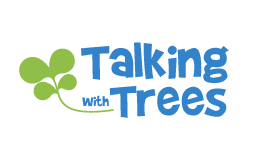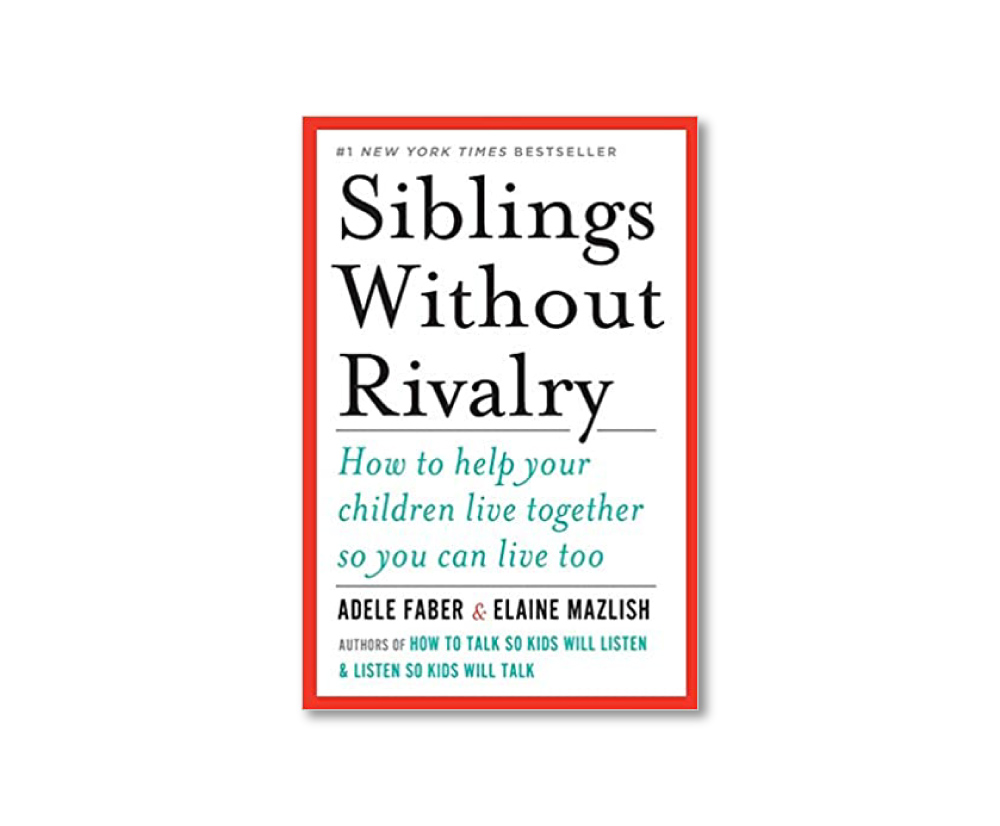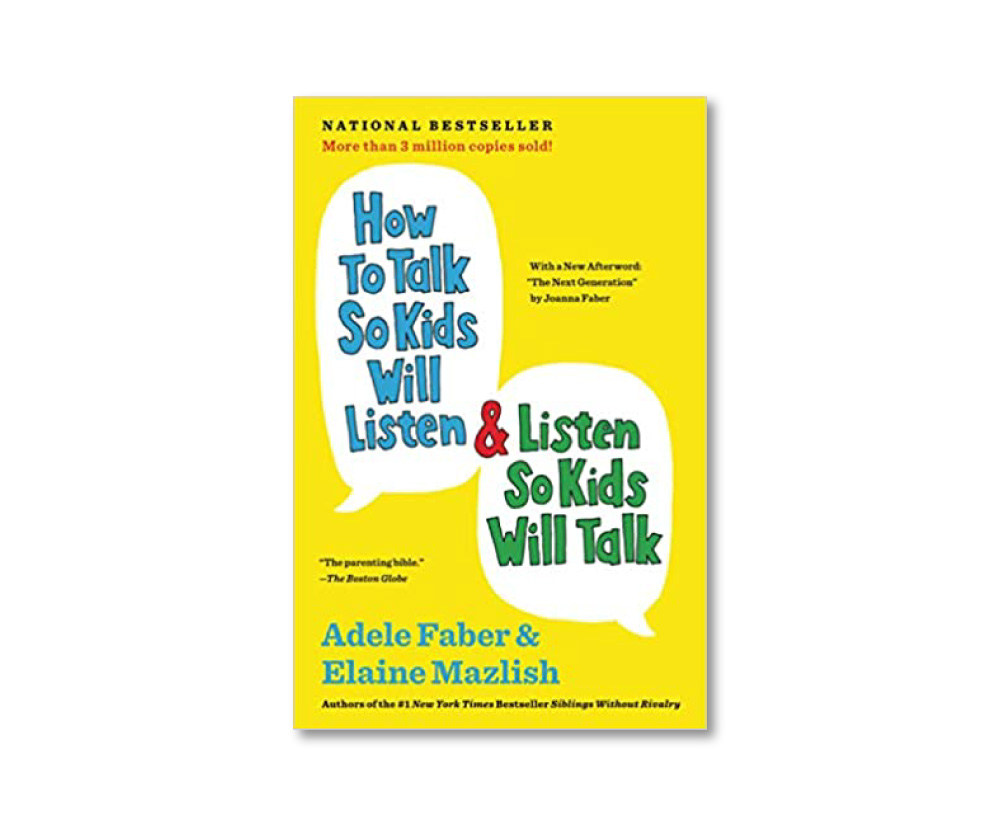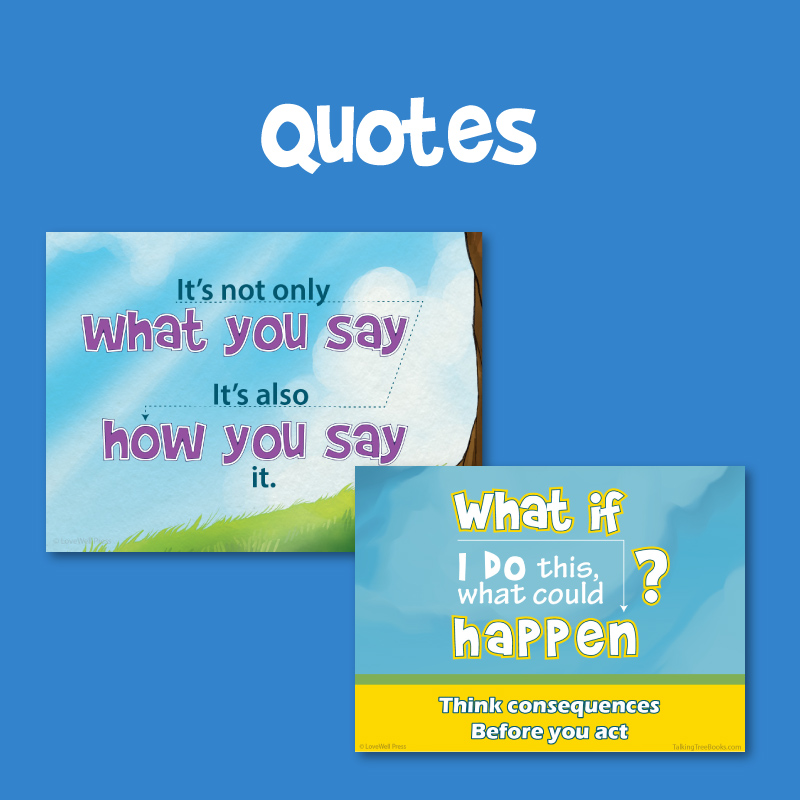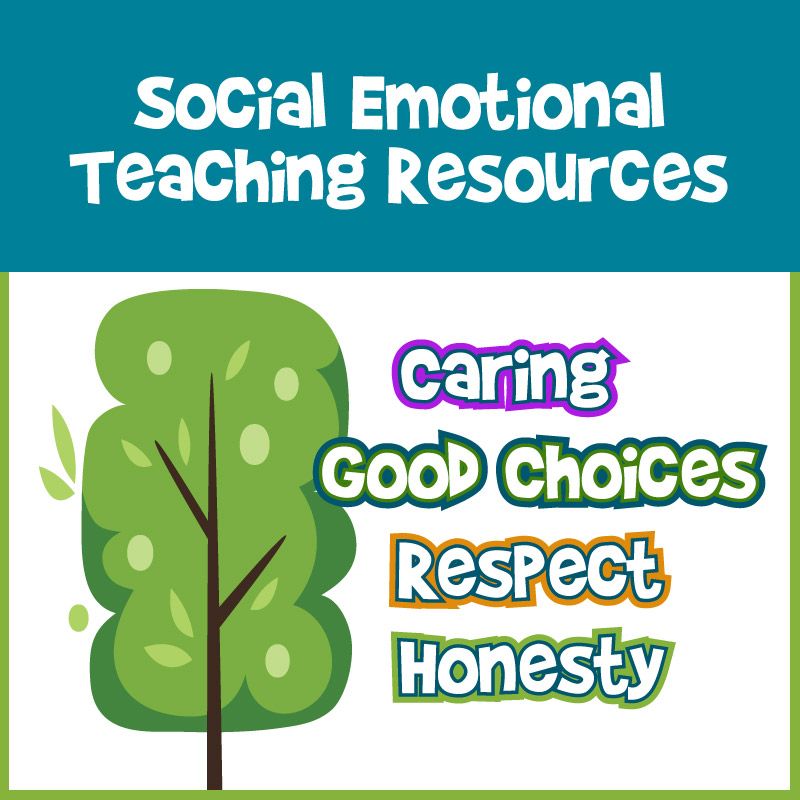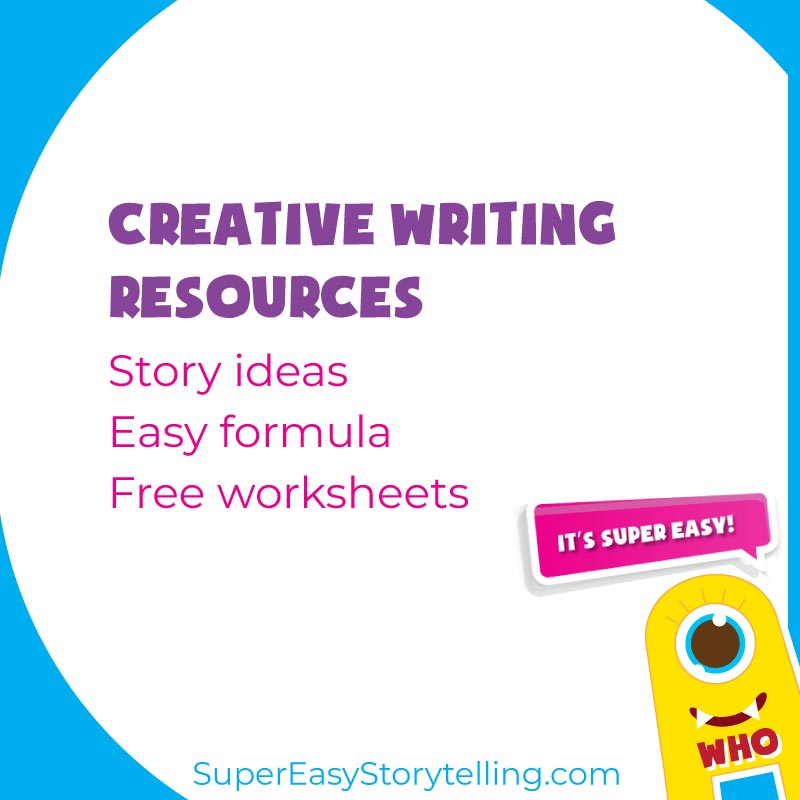"If you're not bleeding or throwing up, I don't want to hear about it"
But seriously, 3 steps to conflict resolution with kids
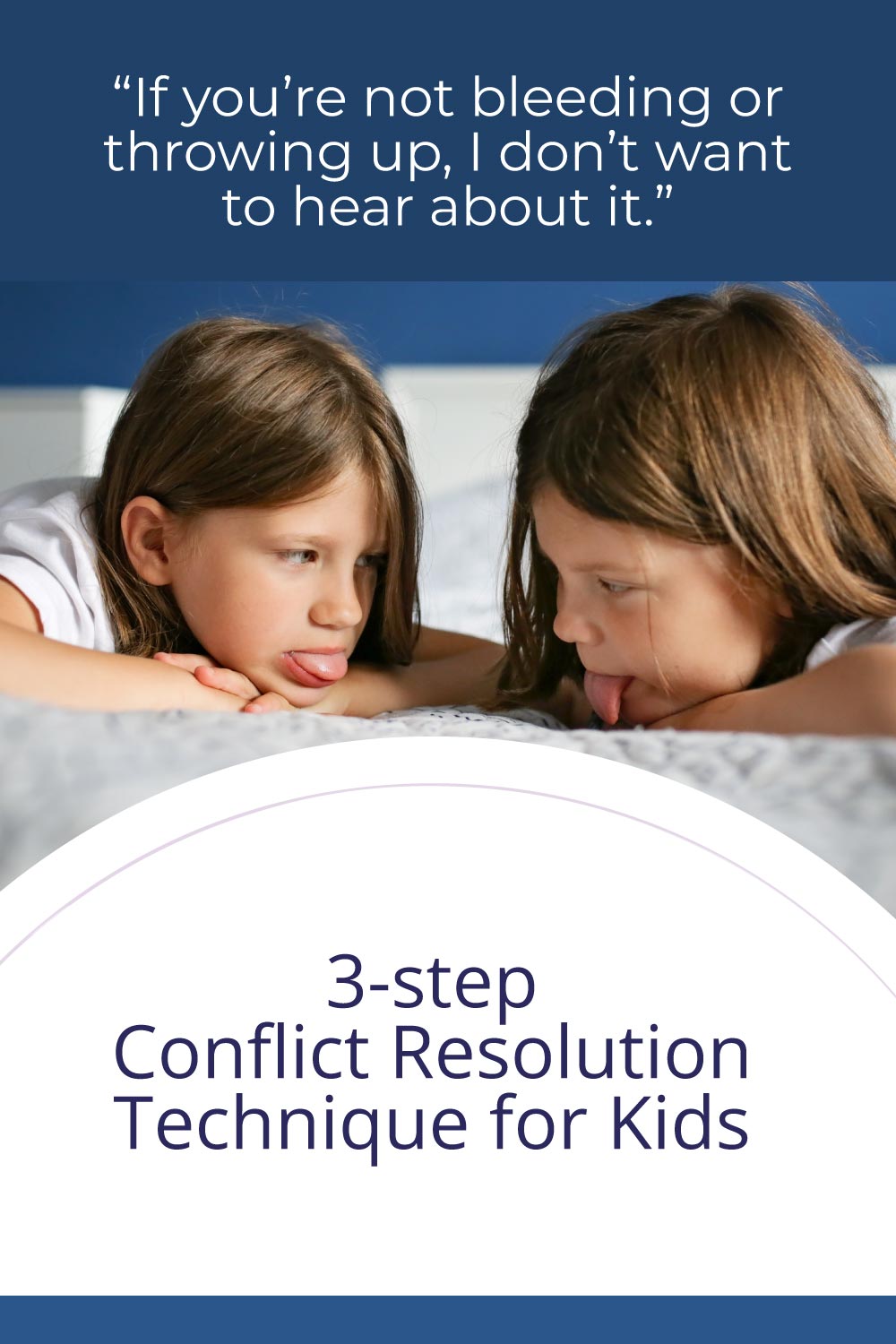
Do you spend all afternoon solving your kids’ petty disputes? Tired of having every backyard barbecue constantly interrupted by bickering children?
Practice this reply with me: “If you’re not bleeding or throwing up, I don’t want to hear about it!”
When your child instantly stammers, “but, but…” just calmly say it again: “If you’re not bleeding or throwing up, I don’t want to hear about it.” Then add: “Go work it out.”
Let kids solve their own problems
Ok, so you wouldn’t say this when your kids have a significant issue. But kids argue about petty nonsense all the time. They need to learn how to work out their inconsequential disputes without your intervention. Teach them how to work out their conflicts as kids and they’ll be able to do it as adults. You get the implications of that situation, right? You don’t want to be calling your 25-year-old’s colleagues to resolve an issue at work.
Before you turn me in to CPS...
I first wrote this blog years ago (it was lost in a horrific blog meltdown) and recently republished it because my now teenage daughter informed me that this was one of the single most important lessons I ever taught her. In her words, it built her self-esteem because she knew she had the ability to work out her own troubles, and it showed her that I believed in her.
Read on to learn a simple 3-step process to help children resolve conflict themselves.
Teach your kids how to resolve conflict
Before I could use the “bleeding or puking” line (I’m sure I didn’t invent it but I’ve certainly made it infamous in my own home), I had to teach the kids how to resolve conflict. I turned to the books “Siblings without Rivalry” and “How to talk so kids will listen, and listen so kids will talk” by Adele Faber and Elaine Mazlish. These two books offer wisdom that will change your life, or at least they changed mine. They'll show you how to raise competent, caring, responsible kids who can communicate. The keys to their conflict resolution technique for kids are:
Step 1. Let each child be heard
Give each child a chance to tell their side, without interruption. This is really important. Faber and Mazlish point out that children need to know they are being heard and understood. It eliminates much of the sense of injustice and outrage that fuels arguments and it usually calms everyone down a bit.
Step 2. Help them figure out what they really want
This one's not in the books noted, but a step I insert into the process is to ask the children what they want. What is the outcome they are looking for? Do they want a turn? Do they want an apology? Do they want to play a different game? I find this is just as important as Step 1. Sometimes they get so caught up in arguing, kids forget what they're doing it for. They want some element of the situation to change— help them see what it is and quite often both parties will find a simple solution.
Step 3. Have the kids suggest solutions
Ask them what are some ways they could solve this problem. Let each child make some suggestions. By now they are usually calm enough that they can agree on something and pick up their play.
Now that they can solve their own conflicts...
Once you’ve practiced this technique with your kids (or your kids and their friends), reinforce their new found ability to solve their own conflicts by letting them solve them. Stay out of it unless the kids are escalating or at an impasse. As parents we often want to smooth the way. But sometimes we need to resist temptation and let them work it out. Let’s practice, “If you’re not bleeding…
Note: this page contains affiliate links.
Colleen Doyle Bryant
Colleen Doyle Bryant is the author of five books and more than 50 learning resources about making good choices for the right reasons. Her Talking with Trees series for elementary students and Truth Be Told Quotes series for teens are used in curricula around the world. Rooted in Decency, Colleen’s most recent release, written for an adult audience, explores how the decline in common decency is affecting wellbeing, and how we can build more trust and cooperation. Learn more at ColleenDoyleBryant.com
